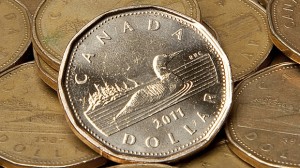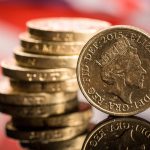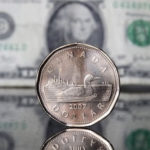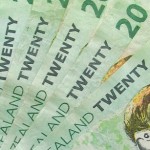 US dollar traded in proximity to highs unseen in two years against its Canadian rival during the late phase of US session on Friday on speculation that the Federal Reserve Bank will pare back its monthly monetary stimulus before Bank of Canada officials consider such a move.
US dollar traded in proximity to highs unseen in two years against its Canadian rival during the late phase of US session on Friday on speculation that the Federal Reserve Bank will pare back its monthly monetary stimulus before Bank of Canada officials consider such a move.
USD/CAD reached a daily high at 1.0629 at 18:00 GMT, also the highest point since October 4th 2011, after which the pair closed at 1.0614 on Friday, gaining 0.31% for the day. Support was likely to be received at November 27th low, 1.0532, while resistance was to be encountered at October 4th 2011 high, 1.0657.
Speculation that recent economic data, which suggested signs of economic improvement in the United States, may lead the Federal Reserve to reduce the scale of its asset purchases as soon as its meeting in December triggered greenbacks advance against most of its major peers during November. The central bank currently purchases 85 billion USD of bonds each month, pouring liquidity into nations economy, which tends to devalue the US dollar.
The Department of Labor will probably report on December 6th that private sector in the United States managed to add 183 000 job positions in November, according to the median estimate of economists, after economy added 204 000 jobs in October. At the same time, the rate of unemployment in the country is expected to decrease to 7.2% in November, marking its lowest level since 2008, after a month ago the rate reached 7.3%.
Meanwhile, Bank of Canada Governor Stephen Poloz stated in front of the Senate banking committee in Ottawa on November 20th, that central banks current policy was still appropriate. Poloz also said in October that the risk of inflation rate dipping below bank’ 1- to 3% target range had prompted him to indicate on October 23rd that policymekersnext move regarding interest rates would not necessarily be a rate hike. Canadas central bank has maintaned its benchmark interest rate at 1% since 2010 in order to stimulate economic recovery.
On Friday an official report revealed that Canadian economy expanded at the fastest pace during the past two years in Q3. Results have been supported by upbeat consumer spending data, business investments, sectors of manufacturing and construction. Nations Gross Domestic Product grew 2.7% during the third quarter of the year compared to Q3 2012, or the strongest rate of increase since Q3 2011. During the preceding three months economic growth has been revised down to a pace of 1.6% from a pace of 1.7% previously, while experts at Royal Bank of Canada had projected a growth of 2.5%.
On a monthly basis, the GDP figure rose 0.3% in September, retaining the pace, registered in August, while preliminary estimates showed a 0.2% gain in September.
The loonie, as Canadian dollar is also known, received immediate support following these data points, with USD/CAD cross falling 0.2% to reach 1.0557, but later in the day gains have been neutralized.
“We started to see the investment community in general start to become a little bit more pessimistic or bearish on the Canadian dollar as we look forward to 2014,” George Davis, chief technical analyst for fixed-income and currency strategy in Toronto at Royal Bank of Canada, said in a phone interview, cited by Bloomberg News. “That’s brought a little more attention to the downside risks for the loonie going forward.”
Canadas government bonds fell in November, with the yield on nations benchmark 10-year bonds rising 13 basis points, or 0.13 percentage point, to reach 2.55%.





